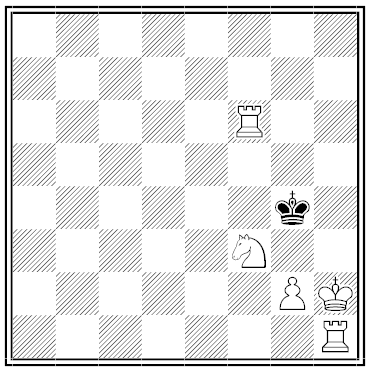“Men who are unhappy, like men who sleep badly, are always proud of the fact.” — Bertrand Russell
In a Word
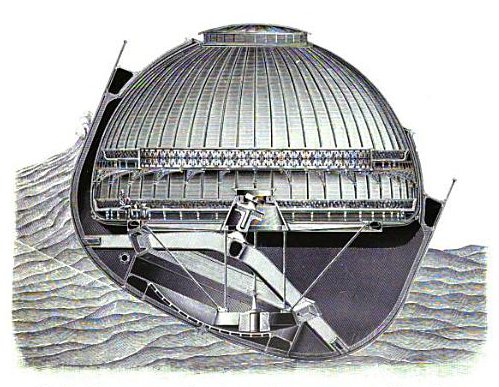
naupathia
n. seasickness
After an unusually queasy Channel crossing in 1868, Henry Bessemer conceived a steamer whose cabin was mounted on gimbals. In heavy seas the hull could roll beneath the passengers without rippling their cognac.
Work began immediately; in 1872 constructor E.J. Reed promised, “Although she may not fulfil every random prophecy that has been printed respecting her, she will thoroughly fulfil the object which the travelling public desire — namely, that of enabling us to cross to and from the Continent with health, decency, and comfort.”
The 350-foot S.S. Bessemer undertook her first public voyage on May 8, 1875 — and inauspiciously crashed into the pier. She moved too slowly and would not answer the helm. Investors lost confidence and the ship was eventually sold for scrap, but Bessemer insisted to the last that his conception had not been fully realized: “My hydraulic controlling apparatus was never completed, was never tested at sea, and consequently never failed.”
Topsy Turvy

The north pole is the south pole. Earth’s north magnetic pole is actually the south pole of its magnetic field — a compass needle points “north” because opposites attract.
(Thanks, Jeremy.)
The Figure 8 Puzzle
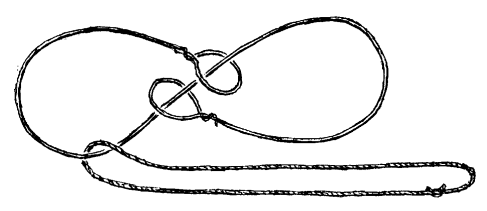
Can this loop of string be freed from its wire? Stewart Coffin, who devised the puzzle in 1974, writes, “I soon became convinced that this was impossible, but being a novice in the field of topology, I was at a loss for any sort of formal proof.” He published the challenge in a newsletter and has been receiving requests for a solution ever since. Adding to the confusion, in 1976 a British puzzle editor mistakenly claimed with that Coffin’s creation was equivalent to another puzzle with a known solution, and Pieter van Delft and Jack Botermans published an amusingly bewildering “solution” of their own in their 1978 book Creative Puzzles of the World.
In the meantime, fans around the world have continued to experiment, and mathematicians Inta Bertuccioni and Paul Melvin have both offered proofs that the puzzle is unsolvable. “Whoever would have guessed that this little bent piece of scrap wire and loop of string would launch itself on an odyssey that would carry it around the world?” Coffin writes. “Will it mischievously rise again, perhaps disguised in another form, as topological puzzles so often do?”
The Grate Beyond
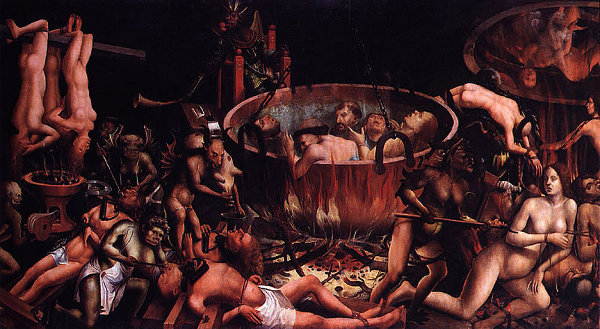
An anonymous proof that heaven is hotter than hell, from Applied Optics, August 1972:
The temperature of Heaven can be rather accurately computed from available data. Our authority is the Bible: Isaiah 30:26 reads, Moreover the light of the Moon shall be as the light of the Sun and the light of the Sun shall be sevenfold, as the light of seven days. Thus Heaven receives from the Moon as much radiation as the Earth does from the Sun and in addition seven times seven (forty-nine) times as much as the Earth does from the Sun, or fifty times in all. The light we receive from the Moon is a ten-thousandth of the light we receive from the Sun, so we can ignore that. With these data we can compute the temperature of Heaven: The radiation falling on Heaven will heat it to the point where the heat lost by radiation is just equal to the heat received by radiation. In other words, Heaven loses fifty times as much heat as the Earth by radiation. Using the Stefan-Boltzmann fourth-power law for radiation
where E is the absolute temperature of the Earth — 300K. This gives H as 798K absolute (525°C).
The exact temperature of Hell cannot be computed but it must be less than 444.6°C, the temperature at which brimstone or sulfur changes from a liquid to a gas. Revelations 21:8: But the fearful and unbelieving … shall have their part in the lake which burneth with fire and brimstone. A lake of molten brimstone means that its temperature must be below the boiling point, which is 444.6°C. (Above that point it would be a vapor, not a lake.)
We have then, temperature of Heaven, 525°C. Temperature of Hell, less than 445°C. Therefore, Heaven is hotter than Hell.
Black and White
Monogram Savings

Everyone in Lyndon Johnson’s family had the same initials: Lyndon Baines Johnson, Lady Bird Johnson, Lynda Bird Johnson, and Luci Baines Johnson. His dog was named Little Beagle Johnson.
Fish Scales
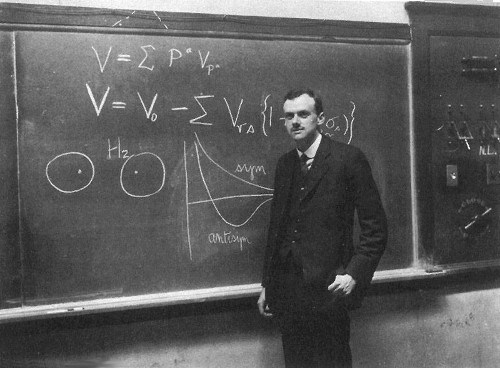
While a student at Cambridge, Paul Dirac attended a mathematical congress that posed the following problem:
After a big day’s catch, three fisherman go to sleep next to their pile of fish. During the night, one fisherman decides to go home. He divides the fish in three and finds that this leaves one extra fish. He throws this into the water, takes one third of the remaining fish, and departs.
The second fisherman awakes. Not knowing that the first has left, he too divides the fish into three piles, finds one fish left over, discards it, and takes a third of the remainder. The third fisherman does the same. What is the least number of fish that the fishermen could have started with?
Dirac proposed that they had begun with -2 fish. The first fisherman threw one into the water, leaving -3, and took a third of this, leaving -2. The second and third fisherman followed suit.
This story was recalled by “a well-meaning experimenter” in the Russian miscellany Physicists Continue to Laugh (1968). “I could tell many other stories about theoreticians and their work,” he wrote, “but they have told me that one theoretician is writing a story under the title ‘How Experimental Physicists Work.’ That, of course, will be presented upside down.”
Odd and Even
A puzzle by Noboyuki Yoshigahara:
“An odd number plus an odd number makes an even number. An even number plus an odd number makes an odd number. An even number plus an even number is an even number. Right?”
“Yes.”
“An odd number times an odd number is an odd number. An even number times an odd number is an even number. Right?”
“Sure.”
“An even number times an even number is an odd number. Right?”
“Huh?”
“You don’t think so? An even number times an even number is an odd number.”
“Why?”
The Elizabeth Whitman Mystery
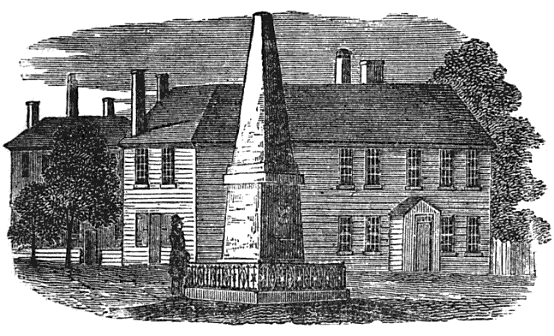
In May 1788, an expectant mother arrived in Danvers, Mass., and took a room at the Bell Tavern. Friendless and a stranger to the area, she said that her husband would join her shortly, but she would not give her family name. Evidently from a genteel family, she kept to her room, reading, writing, and sitting anxiously at her window. A woman who saw her during evening walks described her as handsome, with a sad face.
June passed into July, no husband appeared, and she became the subject of local gossip. At length she gave birth to a stillborn child, and she herself died two weeks later, of puerperal fever. Among her effects was found a letter:
Must I die alone? Shall I never see you more? I know that you will come, but you will come too late. This is, I fear, my last ability. Tears fall so, I know not how to write. Why did you leave me in so much distress? But I will not reproach you. All that was dear I left for you; but I do not regret it. May God forgive in both what was amiss. When I go from hence, I will leave you some way to find me; if I die, will you come and drop a tear over my grave?
With it was a poem:
With fond impatience all the tedious day
I sigh’d, and wish’d the lingering hours away;
For when bright Hesper led the starry train,
My shepherd swore to meet me on the plain;
With eager haste to that dear spot I flew,
And linger’d long, and then with tears withdrew:
Alone, abandon’d to love’s tenderest woes,
Down my pale cheeks the tide of sorrow flows;
Dead to all joys that fortune can bestow,
In vain for me her useless bounties flow;
Take back each envied gift, ye pow’rs divine,
And only let me call FIDELIO mine.
A newspaper appeal eventually confirmed that she was Elizabeth Whitman, a minister’s daughter from Hartford, but the identity of her lover has never been discovered. Her epitaph reads:
“This humble stone, in memory of Elizabeth Whitman, is inscribed by her weeping friends, to whom she endeared herself by uncommon tenderness and affection. Endowed with superior genius and acquirements, she was still more endeared by humility and benevolence. Let candor throw a veil over her frailties, for great was her charity to others. She sustained the last painful scene far from every friend, and exhibited an example of calm resignation. Her departure was on the 25th of July, A.D. 1788,in the 37th year of her age, and the tears of strangers watered her grave.”


